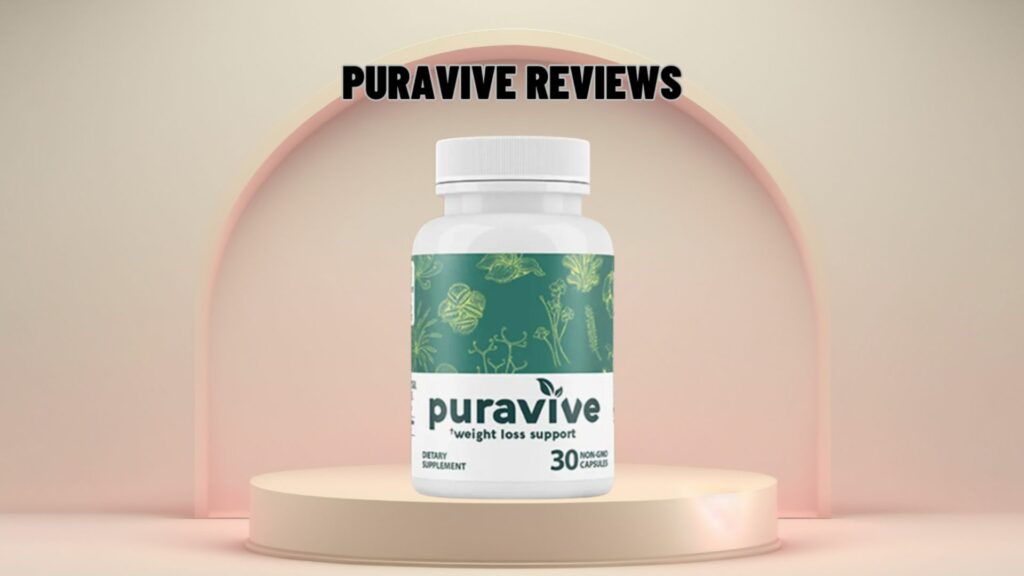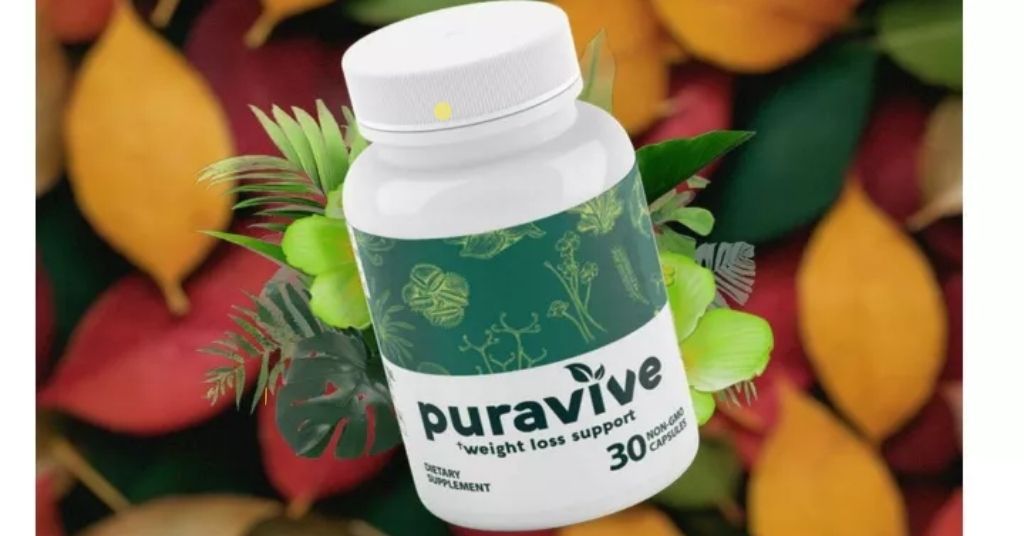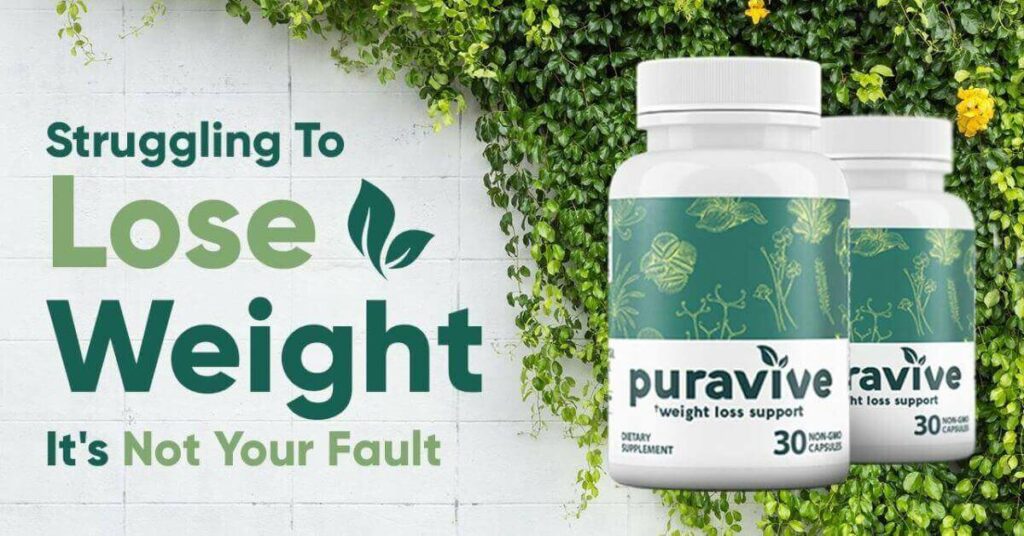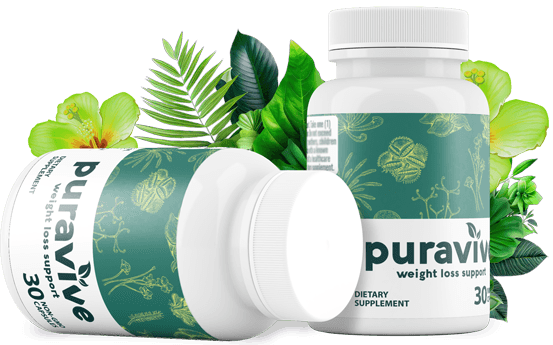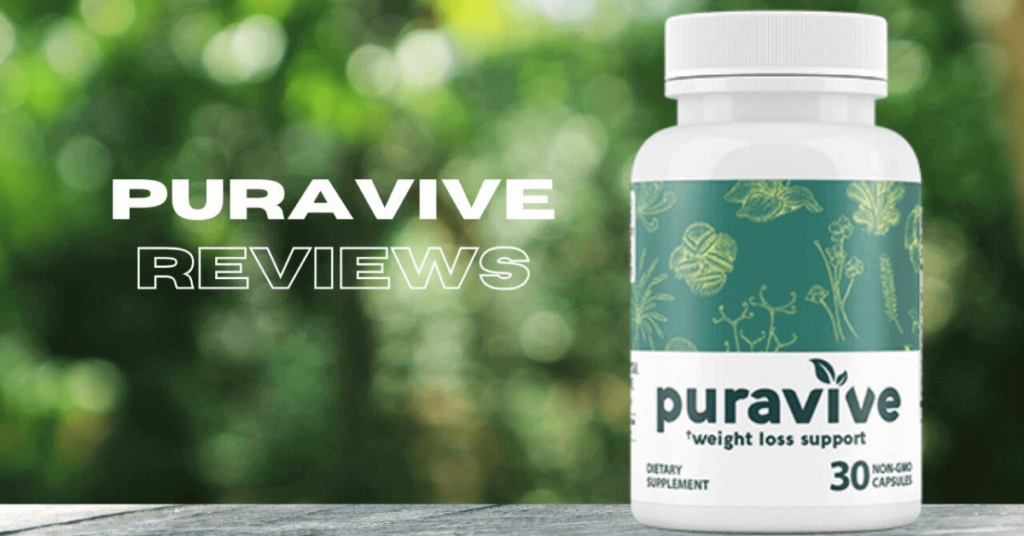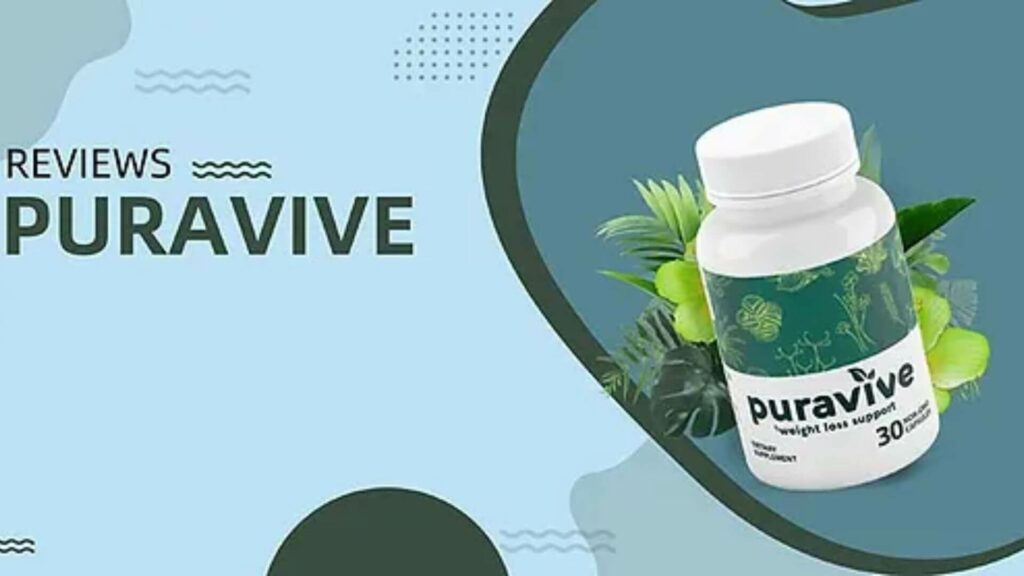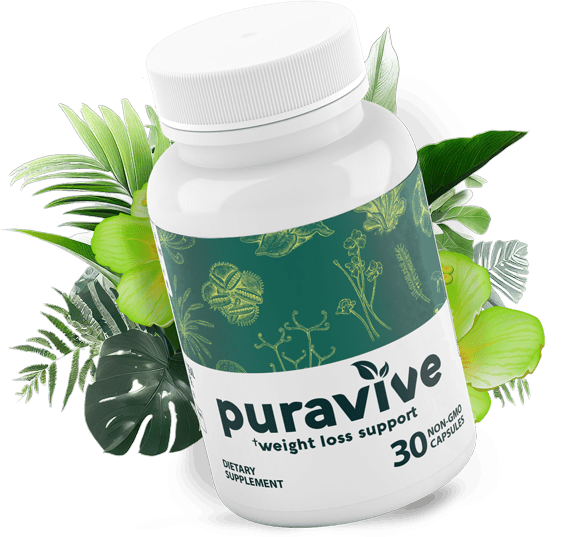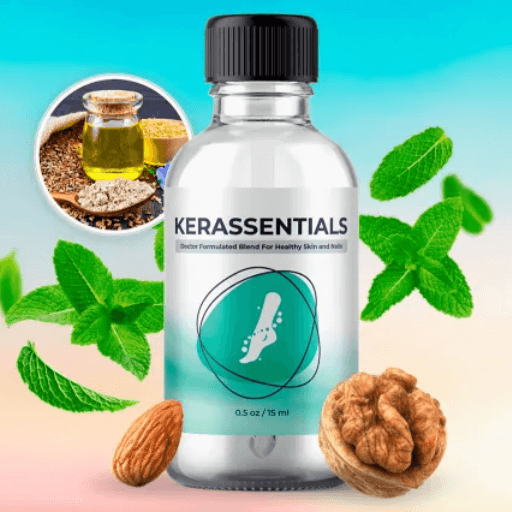Latest Articles
Is Puravive a Good Dietary Supplement?
However, evaluating its effectiveness involves examining user reviews, ingredient efficacy, and safety profiles to determine if Puravive a good dietary supplement for your specific health needs
What are the Benefits of Puravive?
Unlocking the transformative potential of Puravive unveils a treasure trove of wellness benefits waiting to be explored. Dive into the realm of holistic health with us as we uncover the extraor
What is the Use of Puravive?
In the quest for effective weight loss solutions, Puravive has emerged as a promising contender, captivating the interest of health conscious individuals worldwide. But what exactly is the use
Is Puravive Safe and Legit?
As the popularity of natural weight loss supplements increases, the question arises: Is Puravive safe and legit? This introduction explores the credibility and safety of Puravive, examining its
Does Puravive Have Any Side Effects?
Exploring the world of dietary supplements can often lead to questions about their safety and side effects. A common inquiry is, "Does Puravive have any side effect?" This article delves into t
What Ingredients are in Puravive?
The ingredients are in Puravive are carefully selected to optimize weight loss and improve overall health naturally. This unique blend includes Luteolin from Perilla Frutescens, known for boost
Weight loss supplements
However, evaluating its effectiveness involves examining user reviews, ingredient efficacy, and safety profiles to determine if Puravive a good dietary supplement for your specific health needs
- However, evaluating its effectiveness
- Unlocking the transformative
- As the popularity of natural weight
Unlocking the transformative potential of Puravive unveils a treasure trove of wellness benefits waiting to be explored. Dive into the realm of holistic health with us as we uncover the extraor
As the popularity of natural weight loss supplements increases, the question arises: Is Puravive safe and legit? This introduction explores the credibility and safety of Puravive, examining
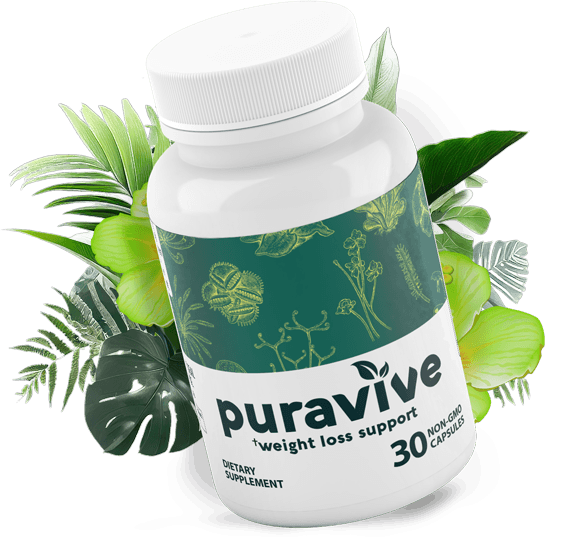
ED Supplements
The Alpha Tonic is a revolutionary product in the world of ED supplements.
With its scientifically formulated blend of rare plants, herbs, and roots, this tonic offers tremendous benefits for every man. Firstly, it works by providing your body with powerful antioxidants that support healthy testosterone levels.
By optimizing your sex drive, this tonic helps you regain your confidence and feel like a man again. Secondly, the Alpha Tonic boosts your energy and vitality to naturally high levels.
Alpha Tonic
Alpha Tonic 80% off price. As of today, Alpha Tonic is available at a massive discount from its original price:
- 1 Bottle: $69 each.
$149 - 3 Bottles: $59 each
$447. - 6 Bottles: $49 each
$894.
So Hurry Up! and Secure your ED supplement while Stocks LAST.

